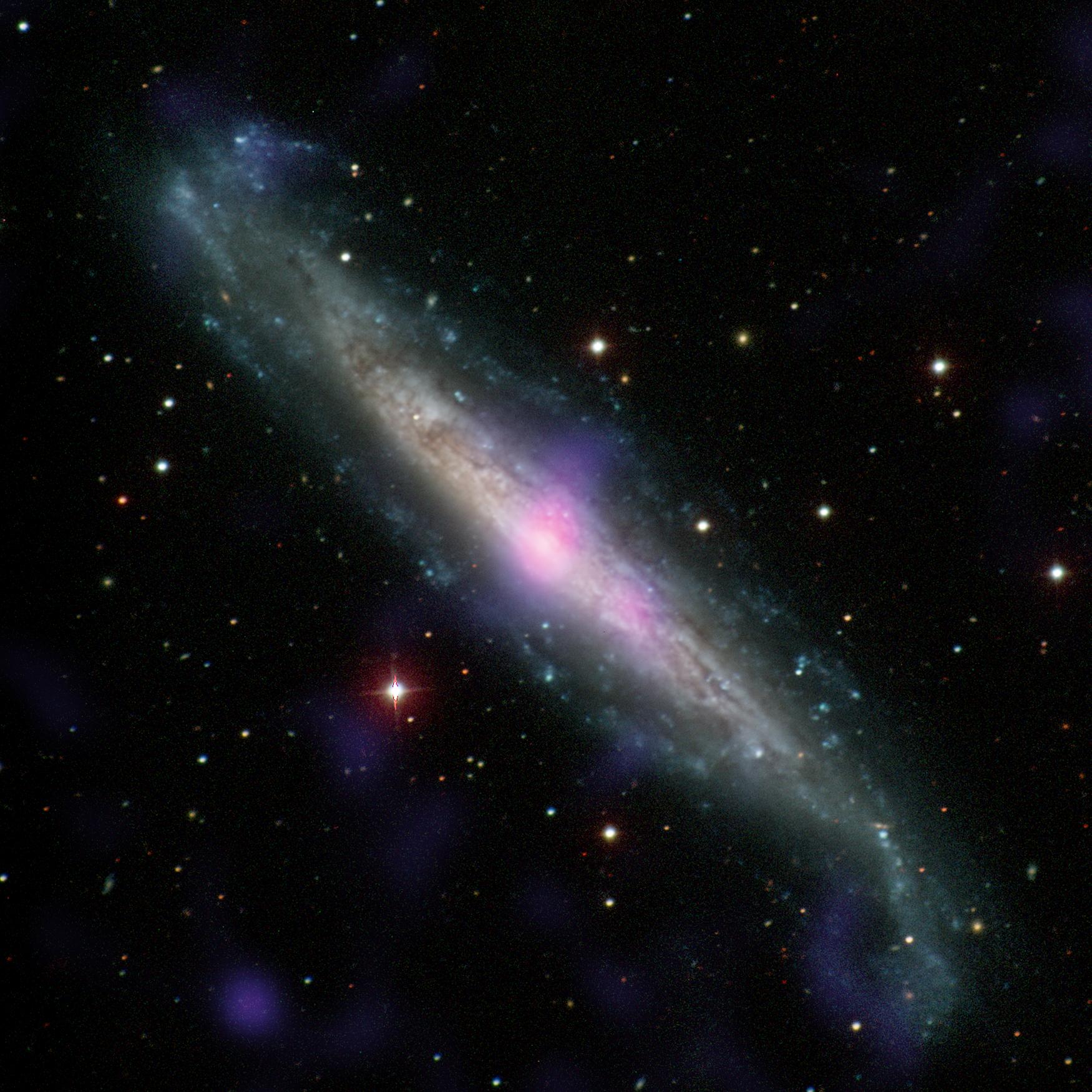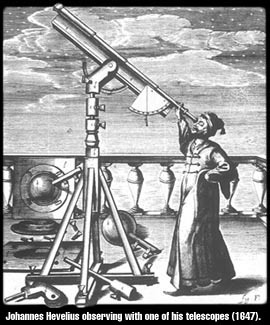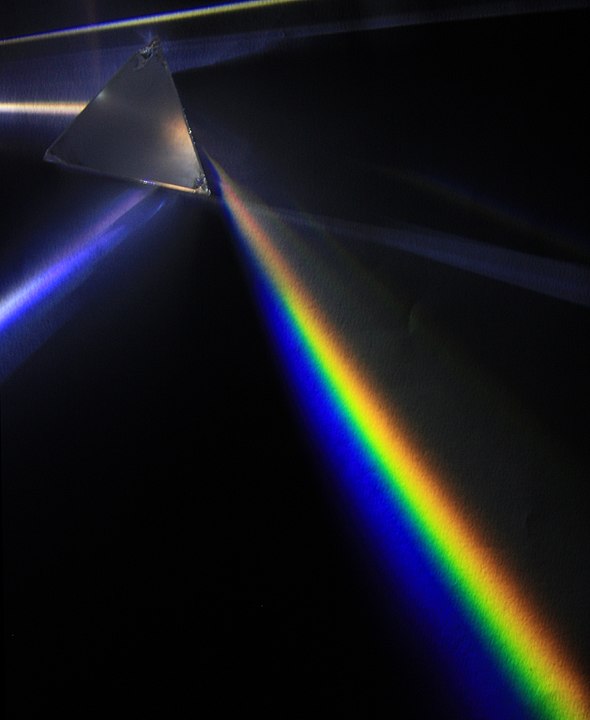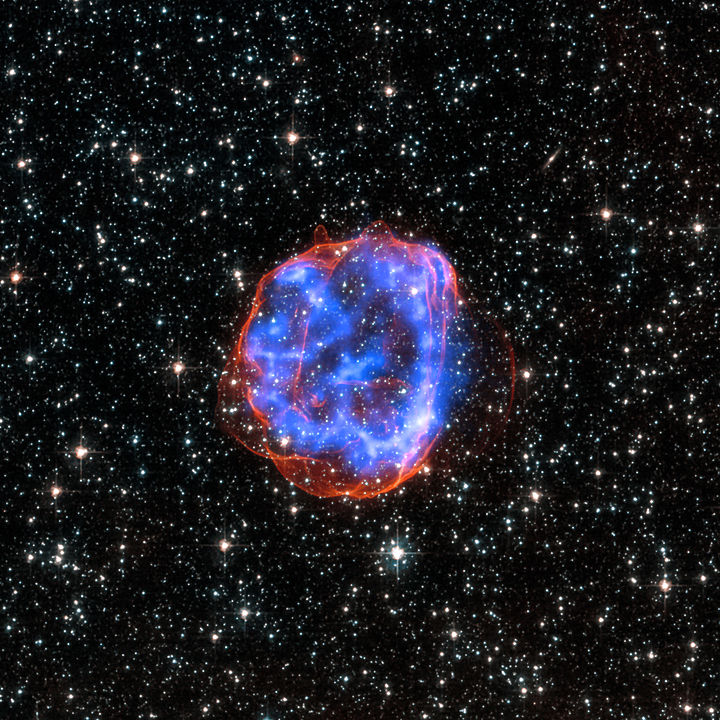
Getting Started With Astronomy
This is going to be an article about how to get started in Astronomy. I know there are multiple ways, but this will be from my experience.
Table of Contents
- Introduction
- Beginnings of Astronomy
- The Telescope
- Motion of Objects
- Gravity
- Light
- Spectroscopy
- Classifying Stars
- Life Cycles of Stars
- The Solar System
- Space Debris
- Star Properties
- Star Formation
- Star Explosions
- Neutron Stars
- Magnetars
- Black Holes
- Conclusion
- Thanks!
Introduction
First, who doesn’t just love Astronomy? Okay, I am sure there are some before people try to correct me. However, if you’re here, I am just going to assume that you have at least some passing interest if you are here and reading this.
I love Astronomy. It started by looking at those fascinating pictures of galaxies that get posted all the time on the internet when I was a kid. Those big composites with their color fixing did it for me.
Ever since then I have been interested. From there, I developed several other interests that were offshoots of Astronomy such as Mathematics, Physics, Programming, and yes even Writing.
Beginnings of Astronomy
We need to look at some of the history of Astronomy. Now, I’m not trying to write a book here so I will have to gloss over a few things. I want to get the highlights, though, so everything makes some sense for you.
We will assume the first interest in Astronomy came from the first primitive people in the world. I can’t even imagine what they thought when they looked up at the sky for the first time.
I am sure there was interest, curiosity, and maybe even dread at the unknown. This was the state of astronomy for many thousands of years. Not much they could do about it.
The Telescope

The first advancement was the creation of the telescope. It had been a long time coming. Glass and mirrors had been manufactured for quite a while before someone thought to apply it to look at the heavens.
Galileo is who we recognize today as the first to make good strides in using the telescope. He didn’t invent it, nor was he the first to use one. What he was good at, though, was in optimizing and improving what was already out there.
He had refracting telescopes and was very good at refining what they did. For the first time, people could see the heavens in better detail. Planets were visible now, and they were not just a dot in the night sky.
Galileo could see other objects, but at first he did not know what he was looking at. This was in the early 1600s.
Kepler made the next large advancements by using a convex lens. A convex lens magnified celestial objects. This led to many discoveries.
Motion of Objects
One of the most influential discoveries was explaining how objects in space moved. These were his laws of planetary motion and the basis of celestial mechanics that we use today.
These laws relied on the concept of heliocentrism, which was very advanced for the time. Heliocentrism basically meant that the Sun was the major force in the solar system.
Gravity
The concept of gravity is the next advancement that spurred things along. Gravity was also independently worked on by multiple people.
This was a good indicator that they knew how important it was going to be. Gravity, if powerful enough, influences everything.
It won’t have a noticeable effect on small objects. However, large objects in space all affect each other. Of course, the Sun is the dominant force in the solar system.
The planets orbit around the Sun because of gravity. At some point, the different planets were each captured by the Sun and it would take some significant force to knock them out of the reach of its gravity.
Light
Once we got an understanding of gravity, the light that we saw in space started getting attention. Astronomers started studying it. One of the first realizations was how fast it had to be.
Many experiments were done. At first these experiments were just confusing because our system of measurements and scientific equipment could not accurately portray light’s speed.
Eventually the early astronomers got a handle on it. One of the most important discoveries made was that speed is a constant. Its speed is always the same.
This is important because it allows us to measure distances to other things in space. By doing this, we can tell how far away something is and if that object in question is moving.
Astronomers got so excited about the study of light that a new field was created. This field is spectroscopy.
Spectroscopy

Light is radiation. Visible and non-visible light is all just radiation. This is interesting because most objects in space emit multiple forms of radiation.
Scientists study them as much as possible because they give us clues about what is going on.
Studying the light from stars, for example, can tell us relative distances and whether a star is moving. There are many other details light can tell us too, such as the temperature and what it is made of.
Classifying Stars
One of the first things Astronomers figured out a long time ago was that almost every star is different. They were of different ages, had different temperatures, and rotated at different speeds.
The next task was classifying all these different stars with similar characteristics. This has been a large and ongoing job, as you can imagine.
Eventually arbitrary classes were created so that we could better group stars. There are several groups and they all mean different things.
Life Cycles of Stars
Stars come from molecular clouds. Molecular clouds are part of nebulae. These enormous clouds of dust can form into a star. This happens by gravity usually but there have been other ways occasionally.
The gravity of a close celestial object can grab and condense a molecular cloud. After it is condensed enough, processes begin the long journey to becoming a star.
The Solar System
At this point we have a good idea what makes up our solar system. People have been constantly mapping it out since telescopes were invented. So this is a process that has been going on for hundreds of years.
It is called the solar system because that is the area that our Sun is dominant over.
Space objects include:
- comets
- asteroids
- planets
- moons
- stars
- galaxies
- nebulae
- dust clouds
- black holes
All of these are very different and have different origin stories.
One way we know their differences is because we compare everything once we measure everything. It is very insightful.
There is obviously a lot more to the solar system than I can mention here. Certainly each topic is a book itself. I will say that most people get really curious about planets at this point.
Are there planets that we have missed out there? Are there any planets that are exactly like Earth? That alone is an acceptable topic to explore.
Space Debris
If you study different objects, you quickly see that debris makes up a large part of our galaxy. They include asteroids and comets in this group. When celestial size objects collide, stuff flies everywhere.
This is where asteroids, comets, and large clumps of dust come from. How they all interact with each other is just fascinating!
Some asteroids are huge and every so often travel pretty close to Earth. This always makes for big news so watch for these events in your favorite publication.
Comets are fun too. When these get close I highly recommend grabbing your telescope or a good pair of binoculars. These are amazing to see and even better done with friends. These parties are great.
You may not think about it, but dust clouds play big roles in the galaxy. It is often the formational material for stars and planets. It’s the glue, so to speak.
Vast clouds can also blot out the sky in certain areas. A gigantic cloud can just absorb all the light and make portions of space look like nothing is there.
Star Properties
Stars are wonderful objects. Our own Sun is the closest star to Earth. Studies of it and others are very involved. They each have their own:
- size
- orbital velocity
- rotation
- temperature
- brightness
Different temperatures usually imply a relative age. This is because stars usually have an evolution to follow. Different stages usually involve certain temperature ranges.
The size of stars is also very interesting. It is interesting because often that can tell us how it formed. Once we know how a star formed we can infer many other facts about it. Is it in a binary system?
Is it still growing through an accretion disk? Any question we can successfully answer leads to even more knowledge and questions to explore. It can be a deep rabbit hole indeed, but it is so very fun once you get started.
Star Formation
So now you may wonder how stars formed. That is an excellent question and is another area of study in Astronomy.
To put it as short as possible, stars form in the middle of huge gas and dust clouds when the cloud’s own gravity becomes very strong.
Much of the gas and dust is condensed and they generate so much heat that nuclear fusion happens. There is an immense amount of pressure in the middle of new construct and we can now call this a protostar. I have skipped a lot, but that should give you an idea.
Shockwaves are often the start of star formation. They often form right in the middle of the now compressed cloud. They then travel through the cloud in many directions at once.
This action will further compress and heat the material inside. This is so catastrophic to the cloud that it will separate into distinct parts. These distinct parts will now usually become stars themselves.
Star Explosions

We have just mentioned how stars are formed. What happens when they die? This is another superb topic of study that astronomers have to choose from. When stars explode, we can see novas and the awesome supernovae.
These explosions often involve a binary system. The reason is that one star takes material from the other star. These have been called vampire stars for this reason.
While this vampire star is stealing energy, it gets super hot and dense. Anyway, after a while, one star gets too much material to handle. The pressure has also increased.
The star can’t take anymore. Its core has been squeezed by gravity until it is super tight and dense. Think of our planet squeezed so small it’s like the size of a golf ball.
I’m sure that analogy isn’t exactly right but just pretend with me. So, our golf ball can’t stay like that forever. The force compressing it will eventually give way.
What happens next? Well, an explosion happens next. It is an explosion so violent and large it makes anything that happens on Earth look like a balloon popping in comparison. That is what we know as a supernova!
Neutron Stars
Some supernovae turn into neutron stars. This is a misleading term. It’s not really a star anymore at this point. It is basically a ball of neutrons that defy the laws of physics as we know it.
So, after the explosion has finished, which can take a very long time, all the star’s material will get blasted away. The only thing left will be the core of the previous star.
We call this a supernovae remnant. It can take up the space of a small county here on Earth but have the mass of our Sun for example. This density is beyond comprehension.
Neutron stars can also spin. Some spin hundreds of times a second. Think about what has to be going on in the inside for something with the mass of our Sun to spin hundreds of times per second.
Truly incredible in my opinion. Neutron stars that exhibit this behavior are called pulsars. I’m sure you might have heard of them.
Magnetars
Astronomers are still trying to discover more about magnetars. There have been very few discovered. Astronomers have also had a hard time catching them in action.
Their bursts are very sporadic. It has a magnetic field around a thousand times greater than a typical neutron star.
They are about the same size and mass as a neutron star but the difference is the magnetic field. Many stars have only a slight magnetic field.
So we do not know why some of these stars, namely magnetars, have magnetic fields thousand and millions of times stronger. It is surely an interesting area of research.
Magnetars are also a source of x-ray and gamma-ray bursts. These bursts are formed by starquakes on the surface which disturb the magnetic field. There are some theories about why the magnetic field is so strong but I will say that I don’t understand them yet.
They involve super dense fluids after a neutron star forms. I need to read up on them more but there is also very little literature to read, which is the problem.
Black Holes
We do not know a lot about black holes. For the longest, they were just theoretical. Now we have more evidence about them, but not much. They are really just a super dense neutron star with gravity so strong that it sucks everything into them, even light.
Objects would never disappear into a black hole. The gravity is too strong, it would disintegrate the object into atoms before it even got close.
There are many what-if scenarios that scientists have conjectured. Not much has really turned out to be true yet as getting any information from a black hole is incredibly difficult.
The only exception to that is Astronomers think a black hole can’t be larger than 3 solar masses, relative to our own Sun.
Conclusion
In this article, we have discussed how you learn about Astronomy. I have summarized several important topics. Each one is worthy of study. Nothing is more important than the other.
I did have to leave several things out, but I tried to get most of the important ideas.
In case you are wondering, my favorite areas of study are the fast pulsars and magnetars. We know so little, so I am sure there will be momentous discoveries in this area one day.
Thanks!
I appreciate you reading this far. This is a topic I love writing about. If you enjoyed it and want to read more you can connect with me at https://sciencebyjason.com and sign up to my newsletter as well.